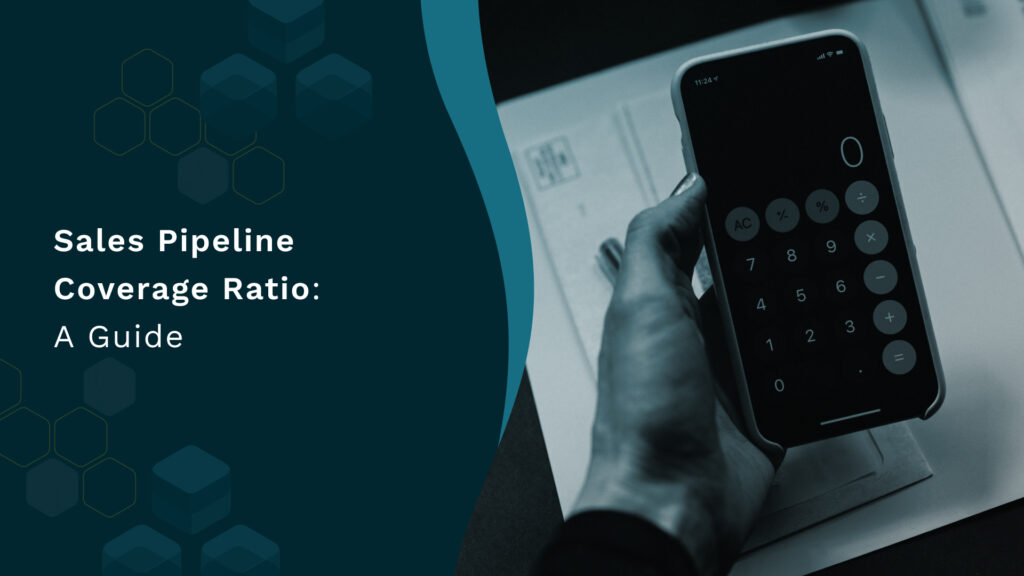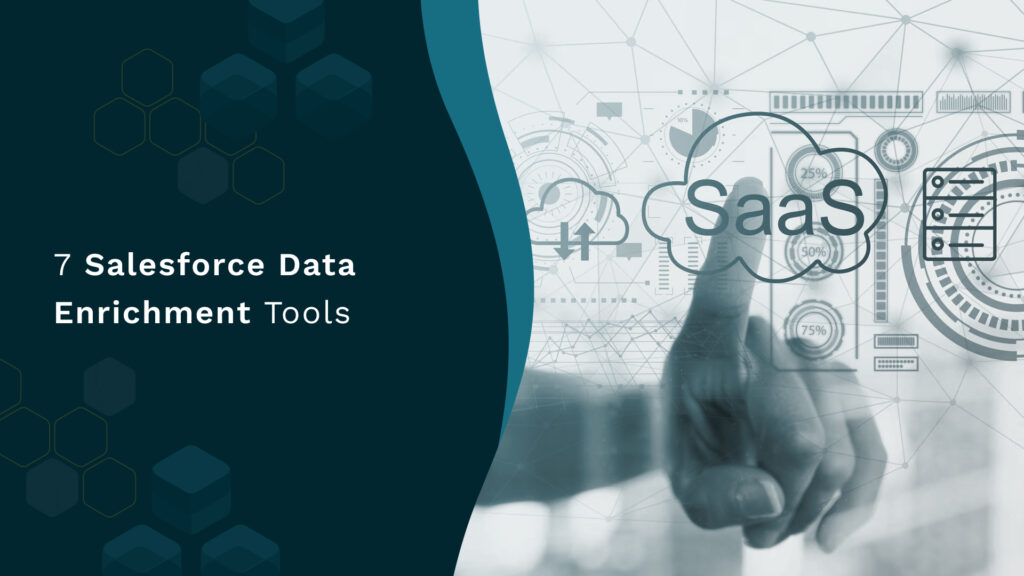Sales Pipeline Coverage Ratio: A Guide
Sales Pipeline Coverage Ratio: A Guide In sales, every move counts, and every lead is a potential gem. To zero in on the correct opportunities, the sales team needs a guide. Sales Pipeline coverage ratio can be that guiding light. In the age of sales analytics, understanding and mastering this powerful metric is like possessing a map of the hidden treasures of successful sales. The sales pipeline coverage ratio serves as a safeguarding model used by sales managers to gauge the company’s health and ensure that revenue objectives are achieved. Let’s go through the sales pipeline coverage in detail. Let’s understand what it is. How does it affect the sales quota of personnel? What is the ideal pipeline-to-quota ratio? And what are some of the best practices and challenges of Sales Pipeline Coverage Ratio? What is Sales Pipeline Coverage Ratio? Sales pipeline coverage ratio is a measure of how well a sales team is converting leads into sales. It is calculated by dividing the number of sales made in a given period by the number of leads in the pipeline. A high sales pipeline coverage ratio indicates that a sales team is converting leads into sales at a high rate. In contrast, a low sales pipeline coverage ratio indicates that a sales team is struggling to convert leads into sales. A number of factors can affect a sales pipeline coverage ratio, such as the quality of the leads, the sales process, and the sales team’s experience. However, it is important to calculate the sales pipeline coverage ratio to get the actual picture of your pipeline. The ratio provides a clear snapshot of your sales pipeline’s health and effectiveness. It offers insights into the quantity and quality of opportunities at various stages, enabling you to make informed decisions. How to Calculate Your Sales Pipeline Coverage Ratio? The Sales Pipeline Coverage Ratio can be calculated with this formula: You can understand it like this: When the average time for a sale to be finalized is 90 days, and the success rate of closing deals stands at 25%, the ratio between the pipeline and the sales quota becomes 4:1. This ratio signifies that to achieve the sales quota for a quarter, the total value of opportunities present in the pipeline should be four times the projected sales amount for that quarter. Although certain teams continue to employ this formula for determining pipeline coverage, a growing number now utilize advanced sales software to derive a more accurate ratio. Contemporary sales execution platforms, for instance, swiftly collect sales analytics from every stage of the sales journey and procedure, subsequently computing pipeline coverage (along with other pertinent sales analytics metrics) automatically for a precision-driven and current evaluation. Defining the optimal pipeline coverage ratio tailored to your business is advisable, as this aids your team in honing their computations. To understand the appropriate level of coverage required, it’s crucial to possess a solid understanding of the target benchmark you should be reaching at any specific point in time. How Much Pipeline Coverage Should You Have? Many sales experts recommend aiming for a sales pipeline-to-sales quota ratio of 3x or 4x. The majority of these recommendations are grounded in practicality. Is there an alternative method to precisely determine your sales pipeline coverage ratio? Let’s explore an alternative perspective on pipeline coverage. The sales pipeline coverage ratio signifies the proportion between active pipelines and the number of sales quotas that must be fulfilled. Given that not every potential sale will be successfully closed, it becomes imperative to have an adequate number of opportunities to achieve your sales targets. A coverage ratio of 1x wouldn’t suffice to meet your quota, as it would necessitate closing every single deal in your pipeline – an extremely challenging feat. Therefore, maintaining a pipeline-to-quota ratio of 3:1 or 4:1 is advisable as a general guideline. However, to get the optimal number for your pipeline-to-quota ratio, you should consider the following factors: 1. Historical data and sales cycle Examine your historical sales data to understand how long it takes for leads to move through your sales funnel and convert into customers. If your average sales cycle is longer, you might need a larger pipeline coverage to ensure a steady flow of deals. 2. Conversion rates Evaluate your conversion rates at each stage of the sales process. If you have a high conversion rate from leads to opportunities but a lower rate from opportunities to closed deals, you might need a more extensive pipeline to compensate for potential drop-offs. 3. Market and industry factors Consider the competitive landscape of your industry and market conditions. A higher pipeline coverage might provide a buffer against market fluctuations if your market is highly competitive and unpredictable. 4. Sales quotas and goals Your sales quotas and revenue targets play a significant role in determining pipeline coverage. If your quotas are ambitious, you’ll likely need a larger pipeline to accommodate the necessary volume of opportunities. 5. Risk tolerance Assess your company’s risk tolerance. If your business can’t afford a shortage of deals, you might lean towards a more conservative pipeline coverage to minimize the risk of missing targets. 6. Growth and expansion If your business is in a growth phase or planning to expand into new markets, a higher pipeline coverage can support these endeavors by providing a cushion for unfamiliar territories. 7. Seasonality and trends Consider any seasonality or cyclical trends that impact your industry. Adjust your pipeline coverage accordingly to accommodate fluctuations in demand. The right amount of sales pipeline coverage strikes a balance between ensuring a consistent flow of potential deals and managing resources efficiently. It’s a dynamic metric that might need adjustment over time as your business evolves, market conditions change, and new opportunities arise. How to Ensure a Healthy Sales Pipeline A healthy sales pipeline encompasses a mix of early-stage prospects, active negotiations, and imminent closures. A healthy pipeline is characterized by consistent lead generation, effective lead qualification, and proactive deal management. Here are a few ways



